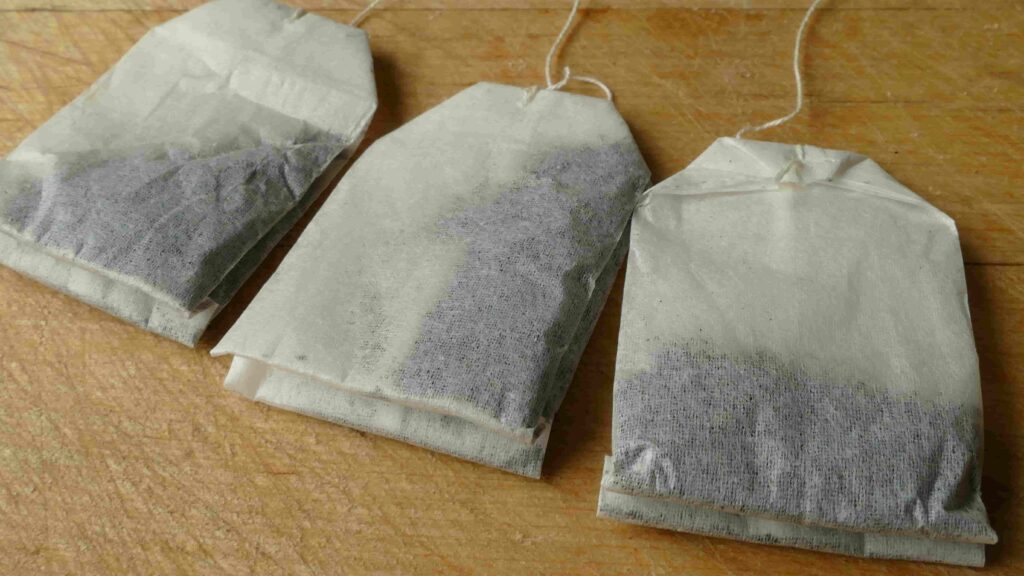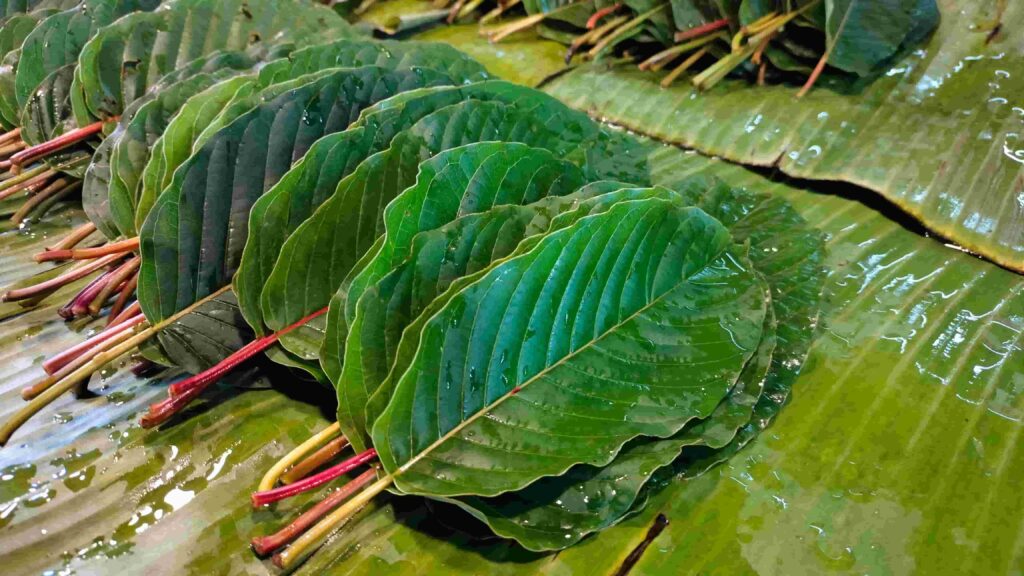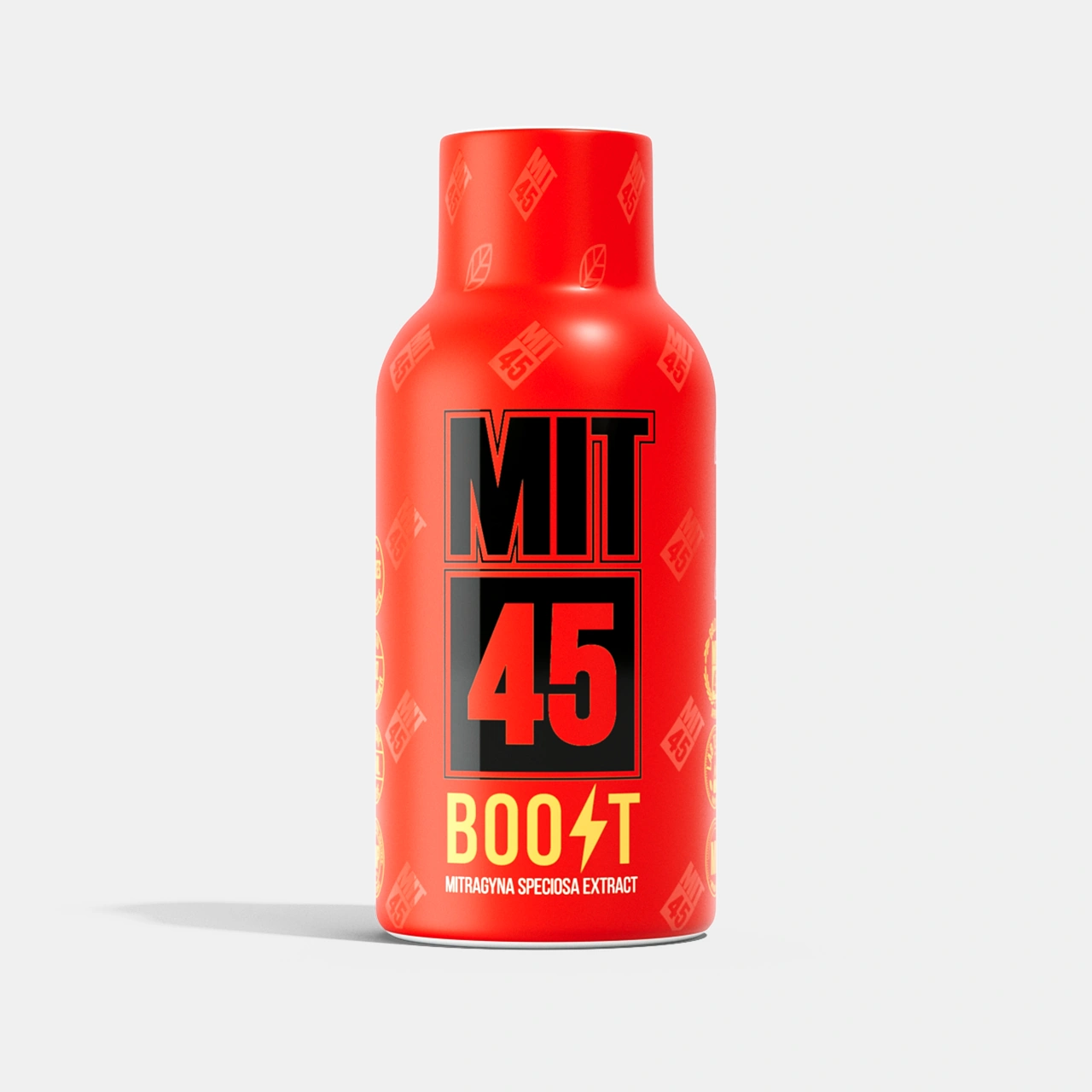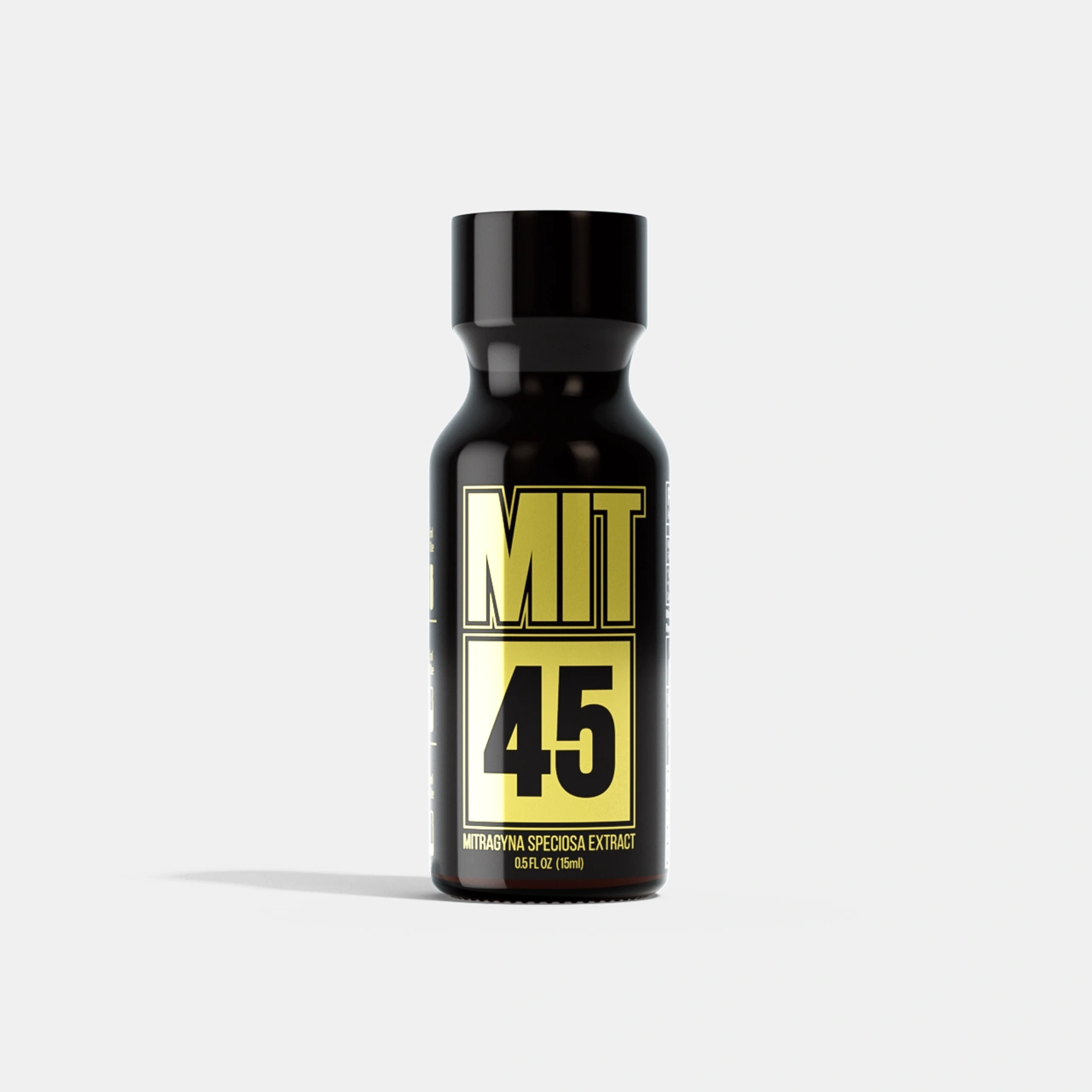Thousands of people are trying kratom for the first time. Your coworker might credit kratom for boosting their productivity. Maybe the fit guy at your gym mentioned he takes kratom before his workouts, or you’ve been offered some at a party.
However, as much as kratom’s reported effects might interest you, its bitter taste might not. If you have tried a loose kratom powder or a liquid extract, you probably know there’s not much else to do but try to get it down—quick!
While you can always opt for kratom capsules to avoid the taste of kratom altogether, another popular and tradition-backed method is to brew a tasty cup of kratom tea.
What is Kratom Tea?
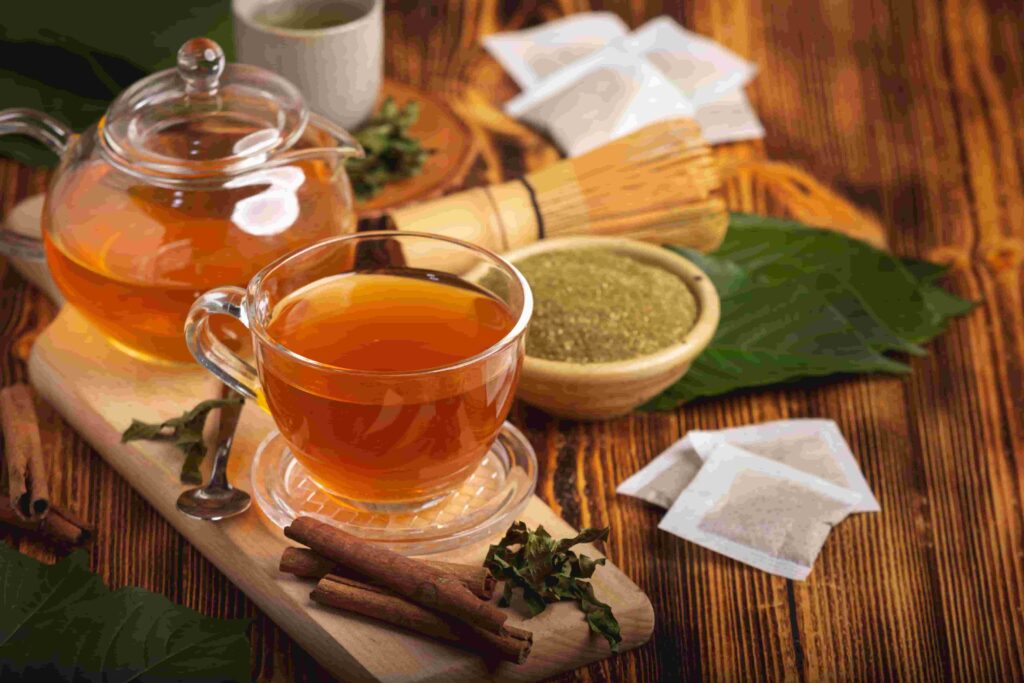
Just like many other herbal teas, kratom tea is made from the dried leaves of a plant. Specifically, the Mitragyna speciosa, or kratom plant. The kratom leaves are dried, ground up into a powder, and then steeped in hot water to extract their essence.
One of the most traditional preparations, kratom tea has been sipped for centuries all across Southeast Asia. Locals often drink it for long days under the hot sun, or to unwind and find relief in the evening. Traditionally, it was even served during gatherings and ceremonies, though that practice is less common today.
Kratom tea has found new popularity in the natural health and biohacking communities for its relaxing and mood-supporting qualities.
How to Make Kratom Tea
With so many different ways to take kratom, you will likely find just as many recipes and techniques for brewing kratom tea. And of course, everyone swears that theirs is somehow the best!
That said, we’ve rounded up a few of our favorite methods and tips for making kratom tea taste better. Give these brewing tips a try, and with a little practice, it could just become your new favorite.
Don’t worry, you can still tell everyone it’s your “secret recipe.”
The Quick and Dirty Method
Probably the easiest way to make kratom tea is to just add a few drops of liquid extract to your cup of tea. However, it is important to remember that liquid extract is more potent than raw leaf powder. Start with a small amount, and gradually add more until you settle on the desired strength.
Other Popular Methods
Kratom tea can be brewed much like other teas, through a variety of different methods. From an infuser to tea bags, or even with coffee brewing tools like a French press, or a drip coffee machine. Because the alkaloids in kratom are heat-sensitive, cold brewing and sun brewing are two other clever options.
In general, kratom tea should be brewed at a simmer, not boiled.
How to Make Kratom Tea Bags
The best way to make kratom tea bags is with standard paper coffee filters or cheesecloth.
Coffee-Filter Method
- Cut the rounded edges off the circular filter, so it takes on a rectangular shape.
- Place one gram of powder in the center of the paper, and fold the coffee filter in half.
- Fold the long, loose edge of the paper over itself twice to make a bag.
- Fold the bag in half again, lengthwise.
- Fold the loose edges on the ends over twice.
- Staple a string to the fold at the top of the bag, holding the tea bag together.
Cheesecloth Method
- Cut a piece of cheesecloth into a 4×4 inch square. This will provide enough space for roughly one gram of powder or crushed leaves.
- If using kratom powder or the dried leaves are extra fine, fold the cheesecloth over once or twice to prevent powder from seeping through.
- Place desired mix in the center of the square.
- Gather the corners of the cheesecloth together and twist them closed.
- Wrap a piece of twine around the twisted section, and tie it off tightly.
- Staple the twine to the cheesecloth for extra security, if desired.
Serving Size and How to Make Kratom Tea Stronger
It is generally recommended to steep kratom tea for around 15 minutes at a a hot (but not boiling) temperature. For a stronger cup, simply add more powder to a tea bag, or a few extra drops of liquid extract.
As the standard serving size is one gram of powder, start with two to three grams for tea and work up gradually. If using liquid extract, start just one or two extra drops, and evaluate your experience.
Kratom Tea Recipes to Try
Kratom users often wonder how to make kratom taste better. While you can certainly make pure tea from kratom leaves, there are various ways of improving its flavor and smoothness. Starting with a tea you enjoy, kratom powder or liquid can be added to white, green, or black tea easily. Flavored herbal teas are another simple way to improve the taste.
You can also add spices and flavorings to kratom tea. Many enjoy warm spices, like ginger, cinnamon, or even a chai blend. Lemon or lime juice can also be added for a sweet and tangy flavor. You can also mix kratom tea with milk or almond, soy, or rice milk for lattes.
Making Kratom Tea with Fresh Leaves
For regular use, buying dried kratom is essential. The moisture in fresh leaves hinders the extraction of alkaloids, resulting in a weak kratom tea. It could also result in mold growth during storage for extended periods. However, some kratom users may have a curiosity about making kratom tea from scratch, if the opportunity presents itself.
If you have some fresh kratom leaves on hand, whether while traveling in Southeast Asia, or being gifted some as a souvenir, follow these fresh leaf brewing steps:
- Place the leaves out to dry. Drying kratom leaves increases both their flavor and potency. Lay the leaves out flat on a tray or other flat surface, and cover with paper towels. Allow the leaves to dry fully, until they are curled, brown, and brittle. The leaves are ready when they snap cleanly instead of bending, and produce a distinct “snap” sound.
- Crush the leaves. Like finely ground coffee beans in espresso, the finer the leaves are crushed, the more fully they can be extracted in tea. For best results, place the leaves in a food processor and use the pulse setting until the leaves become a uniform powder. You can also crush the leaves in a mortar and pestle, or even between your hands.
- Add citric acid (optional). Lemon, lime, or grapefruit juice are perfect choices, as they have lower sugar content than oranges. This step is optional, but the reduced pH level gives the tea a stronger flavor. Add about ¼ tsp. of citrus juice (a standard wedge) per cup of processed leaves.
- Brew the tea. Place the powder in a tea infuser, steep loose leaves, or use tea bags. Always remember to use water just below the boiling point so you don’t scald the leaves, turning them extra bitter. The ideal water temperature for making kratom tea is about 175°F, or 80°C.
Conclusion
While there are many kratom tea recipes and ways to take kratom, the best one is the way you enjoy it most. Experiment with different methods, flavors, and strengths, and find what you like best. When you’ve found which works best for you, remember to consume mindfully, and enjoy every drop!
REFERENCES
Meireles V et al. Mitragyna speciosa: Clinical, Toxicological Aspects and Analysis in Biological and Non-Biological Samples. National Institute of Health: National Library of Medicine. Published March 2019.
Yu, F et al. Dynamic changes and mechanisms of organic acids during black tea manufacturing process. Science Direct. Published February 2022.
Staff Writer. How to Make the Perfect Cup of Tea. Twining and Company Limited. Published March 2022.

